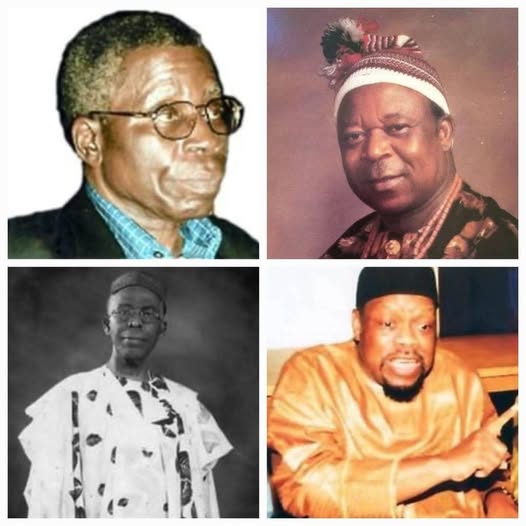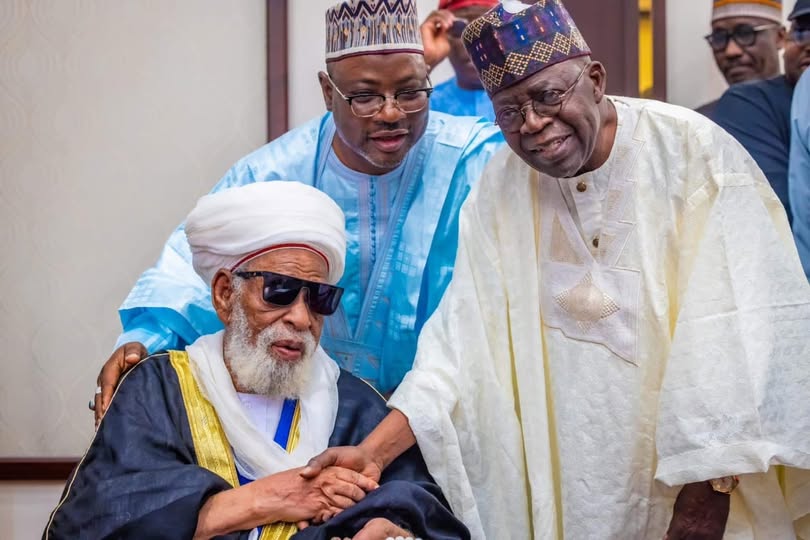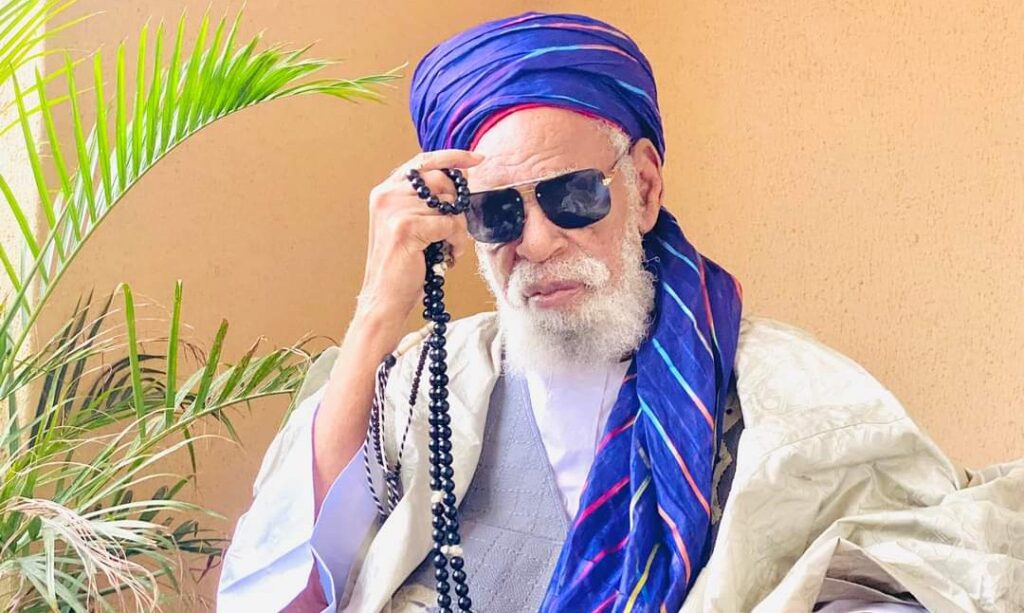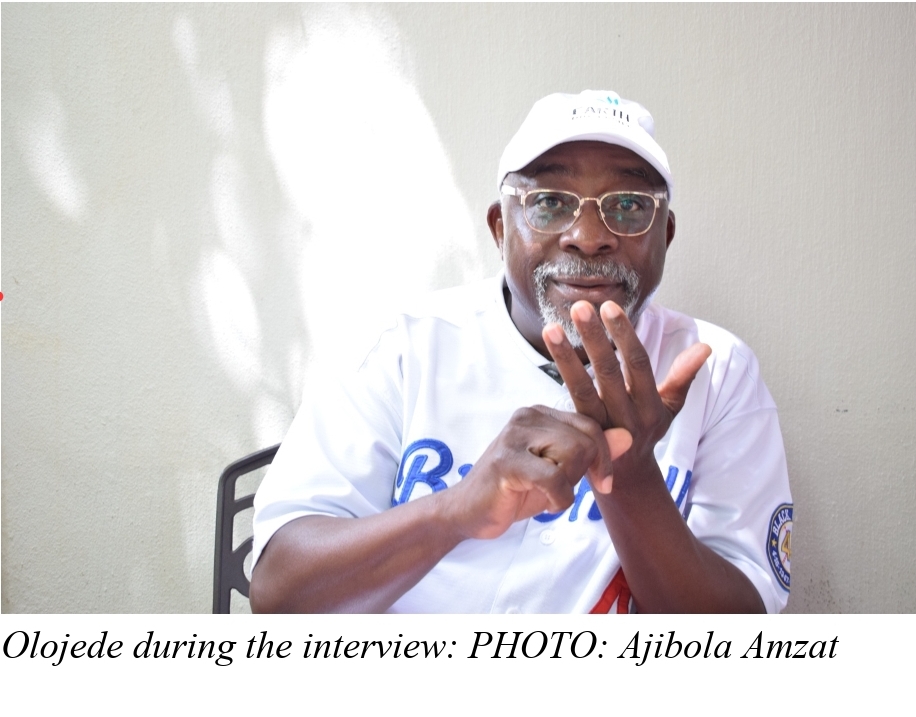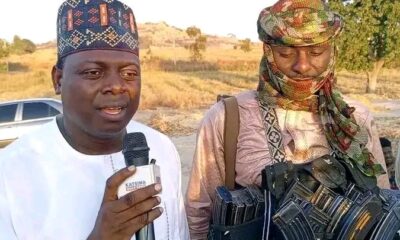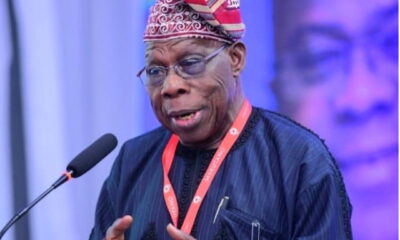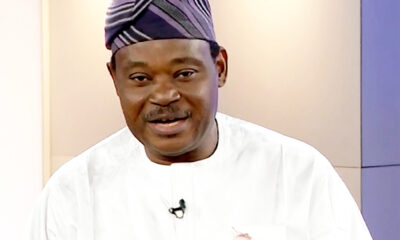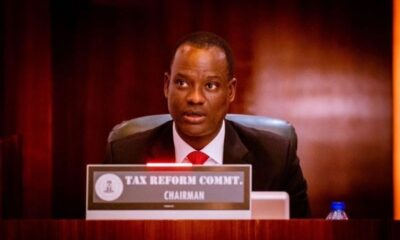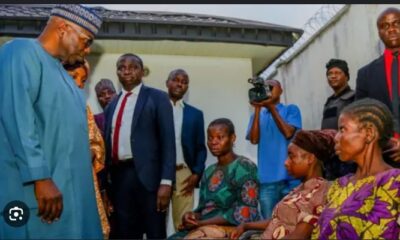Tributes continue to pour in across Nigeria following the passing of the revered Islamic scholar, Sheikh Dahiru Usman Bauchi, with prominent political leaders describing his death as a monumental loss to the Muslim world.
The late scholar died in the early hours of Thursday.
President Bola Tinubu says he received the news of the death of Sheikh Dahiru Usman Bauchi “with profound sadness and a deep sense of loss.”
The President noted that the revered cleric, who died at 101, was “a moral compass who dedicated his life to teaching and preaching.”
A Thursday statement signed by presidential spokesperson, Bayo Onanuga, revealed this.
Describing the loss as “monumental not only to his family and teeming followers but also to the nation,” Tinubu recalled “the blessings and moral support he received from the late Sheikh Dahiru Bauchi in the run-off to the 2023 election.”
He further said, “Sheikh Dahiru Bauchi was a teacher, a father and a voice of moderation and reason. As both a preacher and a notable exegete of the Holy Quran, he was an advocate of peace and piety. His death has created a huge void.”
The President condoled with the scholar’s followers nationwide and beyond, urging them to honour his memory by upholding his teachings of “peaceful coexistence, strengthening their relationship with God and being kind to humanity.”
Also, Kaduna State Governor, Senator Uba Sani, said he received the news “with deep sorrow”, describing the Sheikh as “an extraordinary spiritual guide whose life reflected the highest values of Islam: knowledge, humility, peace, and unity.”
He noted that the late scholar’s teachings “shaped generations, strengthened the Tijjaniyya community, and enriched Islamic scholarship across Nigeria and beyond.”
Praying for Allah’s mercy on the scholar, the governor asked that the Almighty grant him “Al-Jannatul Firdaus, forgive his shortcomings, and comfort his family, students, and all who drew guidance from his exemplary life.”
He added that “his legacy of devotion and service to humanity will continue to illuminate our path.”
Meanwhile, former Senate President, Bukola Saraki, also expressed deep sadness, describing the deceased as “a colossus of Islamic scholarship and a spiritual father to millions.”
Saraki, taking to X, noted that Sheikh Dahiru lived “a long, blessed life, spanning a century, spent wholly in the service of his Creator and the propagation of the teachings of the Holy Qur’an and the Sunnah of Prophet Mohammed.”
He highlighted the scholar’s impact on Islamic education, stating that “through his Almajiri schools and famous Tafsir sessions, he ensured that the words of the Almighty were not just recited, but imprinted in the hearts of millions of young people across our nation.”
Saraki also offered condolences to his family, the Sultan of Sokoto, the people of Bauchi State, the Tijjaniyyah adherents, and the wider Muslim Ummah.
punch.ng
FOLLOW US ON:

